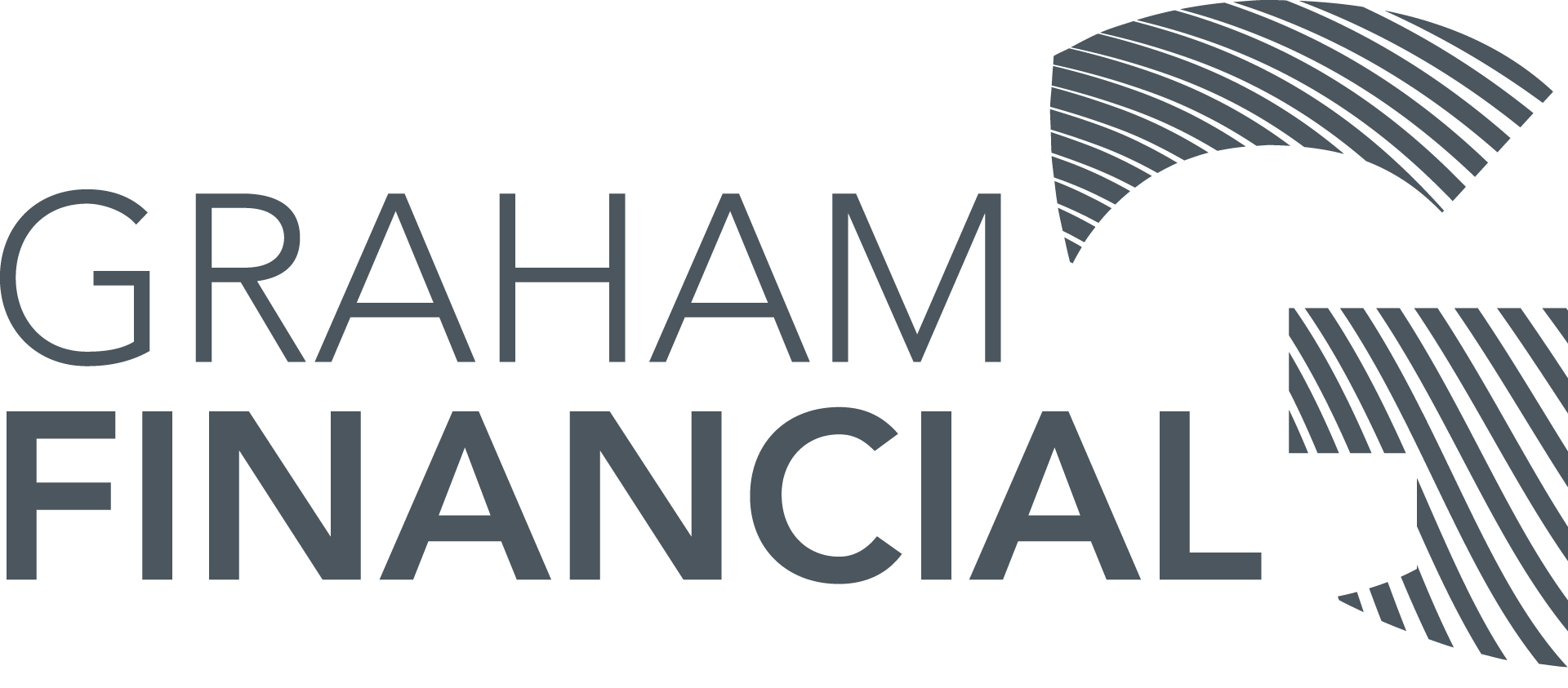Summary of Budget Measures More flexibility around super
Home ownership proposals
First Home Super Saver Scheme (FHSSS): The FHSSS, which was introduced in the 2017/18 Budget, allows people to save money for their first home inside their super. The Government will increase the maximum amount of voluntary contributions that can be released under the FHSSS from $30,000 to $50,000.
Family Home Guarantee for single parents: The Government has introduced the Family Home Guarantee as a way of providing a pathway to home ownership to support single parents with dependants. This is regardless of whether they are a first home buyer or a previous owner-occupier.
From 1 July 2021, 10,000 guarantees will be made available over four years to eligible single parents with a deposit of as little as 2%, subject to an individual’s ability to service a loan.
New Home Guarantee: The Government is providing a further 10,000 places under the New Home Guarantee in 2021/22. This is specifically for first home buyers seeking to build a new home or purchase a newly built home with a deposit of as little as 5%.
Personal tax relief
Extension of tax offset: The Low and Middle-Income Tax Offset (LMITO), worth up to $1,080, has been extended for an additional 12 months to cover the 2021/22 financial year. LMITO will be received once individuals lodge their tax return for the 2021/22 financial year.
Business tax incentives extended
Temporary full expensing: The temporary investment tax incentive announced in last year’s Budget has been extended for a further 12 months until 30 June 2023 giving businesses additional time to utilise the incentive as well as extra time for projects requiring longer planning times. Businesses with a turnover up to $5 billion will be able to deduct the full cost of any eligible asset they purchase for their business, including the cost of improvements to existing assets, until 30 June 2023.
Temporary loss carry-back provision: Companies will now be permitted to carry back tax losses for an extra 12 months from the 2019/20, 2020/21, 2021/22, and now 2022/23 income years to offset previously taxed profits in 2018/19 or later income years. This too applies to businesses with an aggregated turnover of less than $5 billion.
Aged care
Response to the Royal Commission into Aged Care Quality and Safety: The Government announced an additional $17.7 billion over five years for aged care. Some of the proposals include:
- 80,000 additional Home Care Packages over the next two years
- introducing a new star rating to allow Aged Care recipients and their families to compare Aged Care providers on performance, quality and safety
- implementing a new funding model
- increasing the Government’s Basic Daily Fee supplement by $10 per day per resident, and
- from early 2022, informal carers and older Australians will benefit from increased funding to improve access to respite care and support through the Government’s Carer Gateway.











